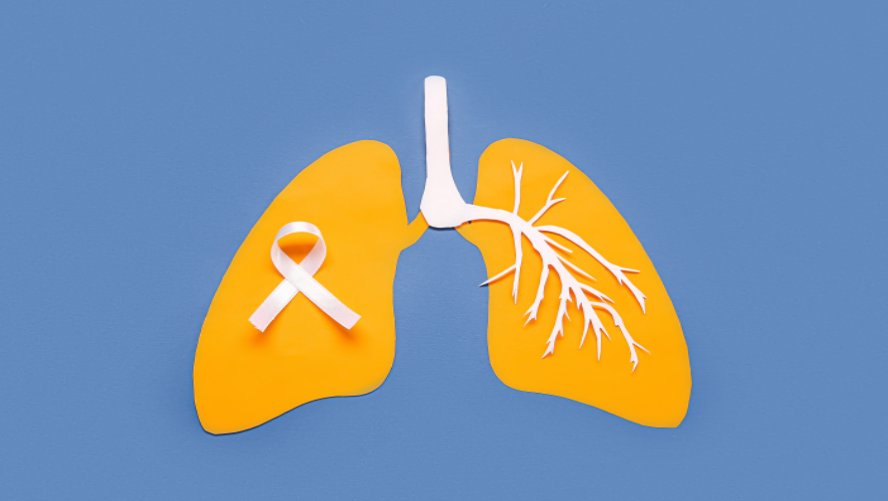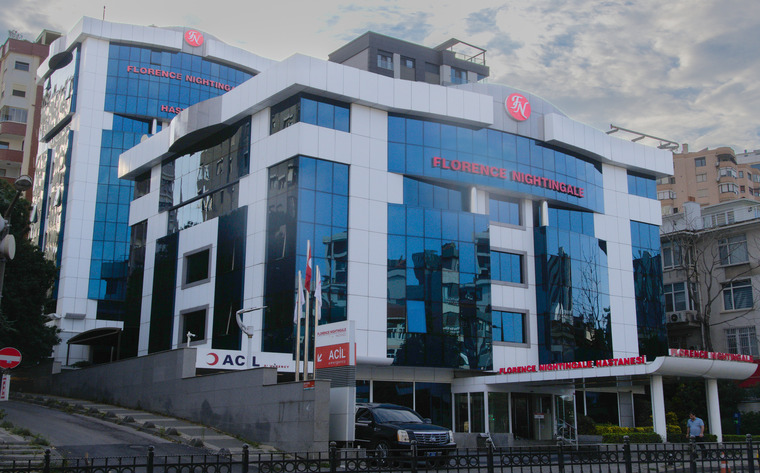
What is Robotic Surgery for Lung Cancer?
Robotic surgery for lung cancer is a minimally invasive surgical method and is performed using advanced robotic systems. This technology allows surgeons to operate with greater precision, control and flexibility. Robotic surgery allows patients to be treated with smaller incisions, less pain and a faster recovery time.
How is Robotic Surgery Performed in Lung Cancer?
Robotic surgery is usually performed under general anesthesia. The surgeon makes several small incisions in the patient's body and inserts robotic arms and a camera through these incisions. The camera provides the surgeon with a 3D, high-resolution image. The surgeon sits at a console and controls the robotic arms and precisely removes the tumor.
What are the differences between Robotic Surgery and other surgical methods?
Robotic surgery has some important differences from traditional open surgery and laparoscopic surgery:
- Smaller Incisions: The incisions made in robotic surgery are much smaller than in open surgery.
- Less Bleeding and Pain: Small incisions and delicate surgical procedures reduce bleeding and pain.
- Faster Recovery: Patients typically recover faster and have shorter hospital stays.
- High Precision and Control: Robotic systems enable surgeons to reach sensitive and difficult areas.
What are the Advantages of Robotic Surgery in Lung Cancer?
Advantages of robotic surgery include:
- Minimally Invasive: Less trauma with smaller incisions.
- Less Pain: Post-operative pain is generally less.
- Less Bleeding: More controlled surgery minimizes bleeding.
- Fast Recovery: Patients can return to their normal lives in a shorter time.
- Less Risk of Infection: Small incisions reduce the risk of infection.
Who Can Have Robotic Surgery for Lung Cancer?
Robotic surgery is especially suitable for patients with early-stage lung cancer. In addition, people who are in good general health and do not have serious illnesses that would prevent surgery may be candidates for this method. After a detailed evaluation, the doctor decides whether the patient is suitable for this method.
- Minimally Invasive Method: It is performed through small incisions, which creates less trauma and reduces the risk of damage to surrounding tissues.
- Less Pain and Discomfort: Post-operative pain is generally less and easier to manage with painkillers, and patients have a more comfortable recovery process.
- Reduced Bleeding: The precise incisions and movements made during robotic surgery minimize the risk of bleeding.
- Risk of Infection: Small incisions and sterile robotic instruments greatly reduce the risk of infection.
- Faster Recovery Process: Patients are generally discharged sooner and can return to their normal activities sooner.
- Better Surgical Precision and Control: Robotic surgical systems provide the surgeon with 3D and high-resolution images, which allows the surgeon to see the tumor better and remove it with precision.
- Shorter Hospital Stay: Hospital stays are usually shorter, allowing patients to return home more quickly.
- Early Return to Daily Activities: Patients can return to their normal activities sooner after surgery, which improves their quality of life.
What Are the Risks and Complications of Robotic Surgery for Lung Cancer?
As with every surgical method, there are some risks and complications in robotic surgery:
- Infection: There is a small risk of infection.
- Bleeding: As with any surgical procedure, bleeding may occur.
- Organ Injury: Damage to surrounding tissues or organs may occur during the use of robotic arms.
- Anesthesia Risks: There are risks associated with general anesthesia.
What Is The Recovery Process Like After Robotic Surgery?
The recovery process after robotic surgery is usually faster and less painful. Patients are usually discharged from the hospital within a few days and can return to normal activities within a few weeks. However, each patient's recovery process may vary from person to person.
How Long Does the Recovery Process Take?
Recovery time varies depending on the patient's overall health, the extent of the surgery, and the patient's postoperative care. Generally, patients recover and return to normal activities within a few weeks. Full recovery may take several months.
Will There Be Pain After the Operation?
Post-operative pain is usually less than with traditional open surgery. Patients may experience mild to moderate pain after surgery, which can usually be controlled with painkillers.
Is Chemotherapy or Radiotherapy Necessary After Surgery?
Although robotic surgery can completely remove the tumor, some patients may require additional treatment methods. Depending on the patient's condition, the surgeon and oncologist may recommend additional treatment methods such as chemotherapy or radiotherapy.
What Should Be Considered During the Recovery Process?
Some important points to consider during the recovery process are:
- Follow the Doctor's Instructions: The instructions given by the doctor after the surgery must be followed strictly.
- Rest: Adequate rest is important as the body is in the healing process.
- Nutrition: A balanced and healthy diet supports the healing process.
- Wound Care: Regular care should be taken to keep surgical incisions clean and reduce the risk of infection.
- Physical Activity: Light exercise as recommended by your doctor can speed up recovery.

